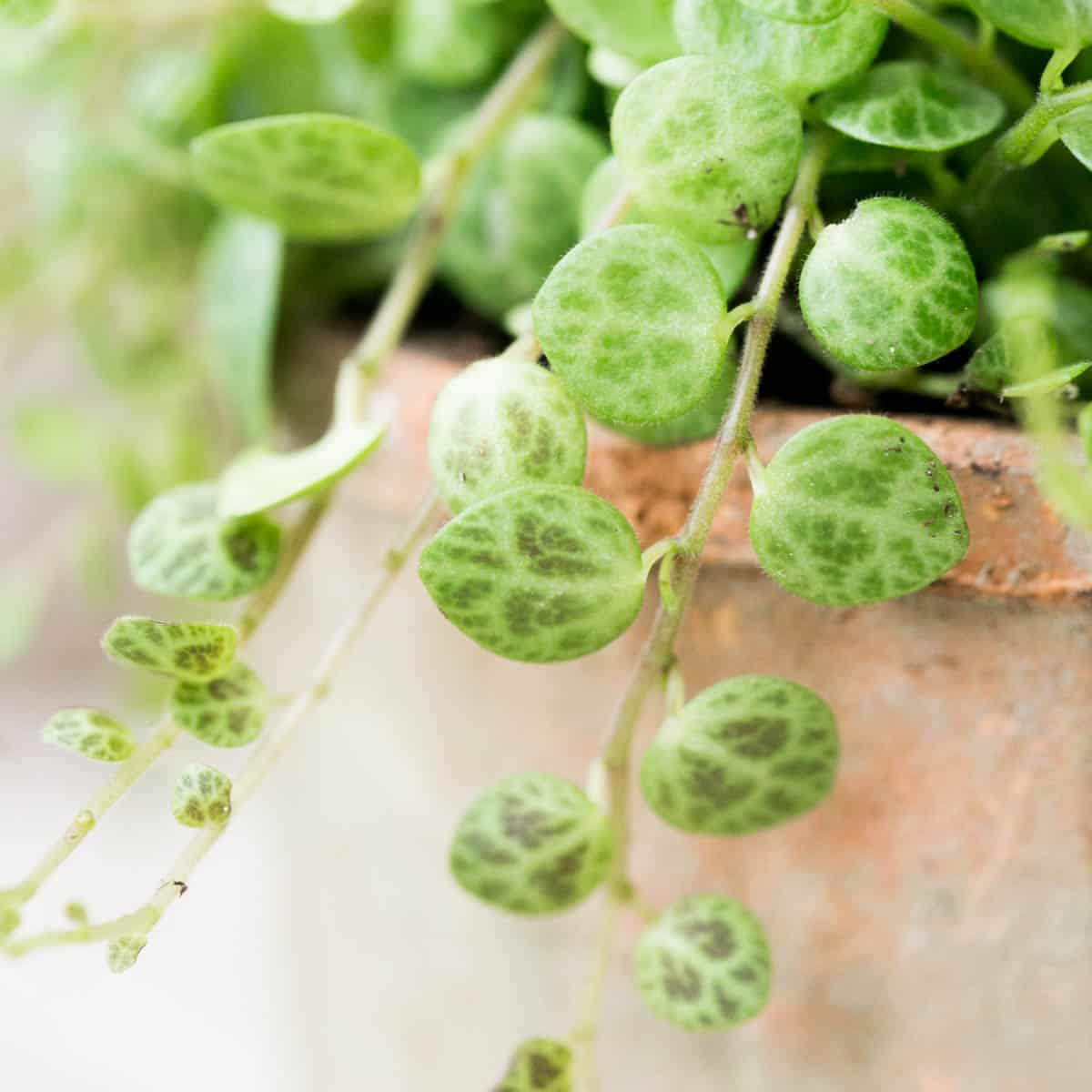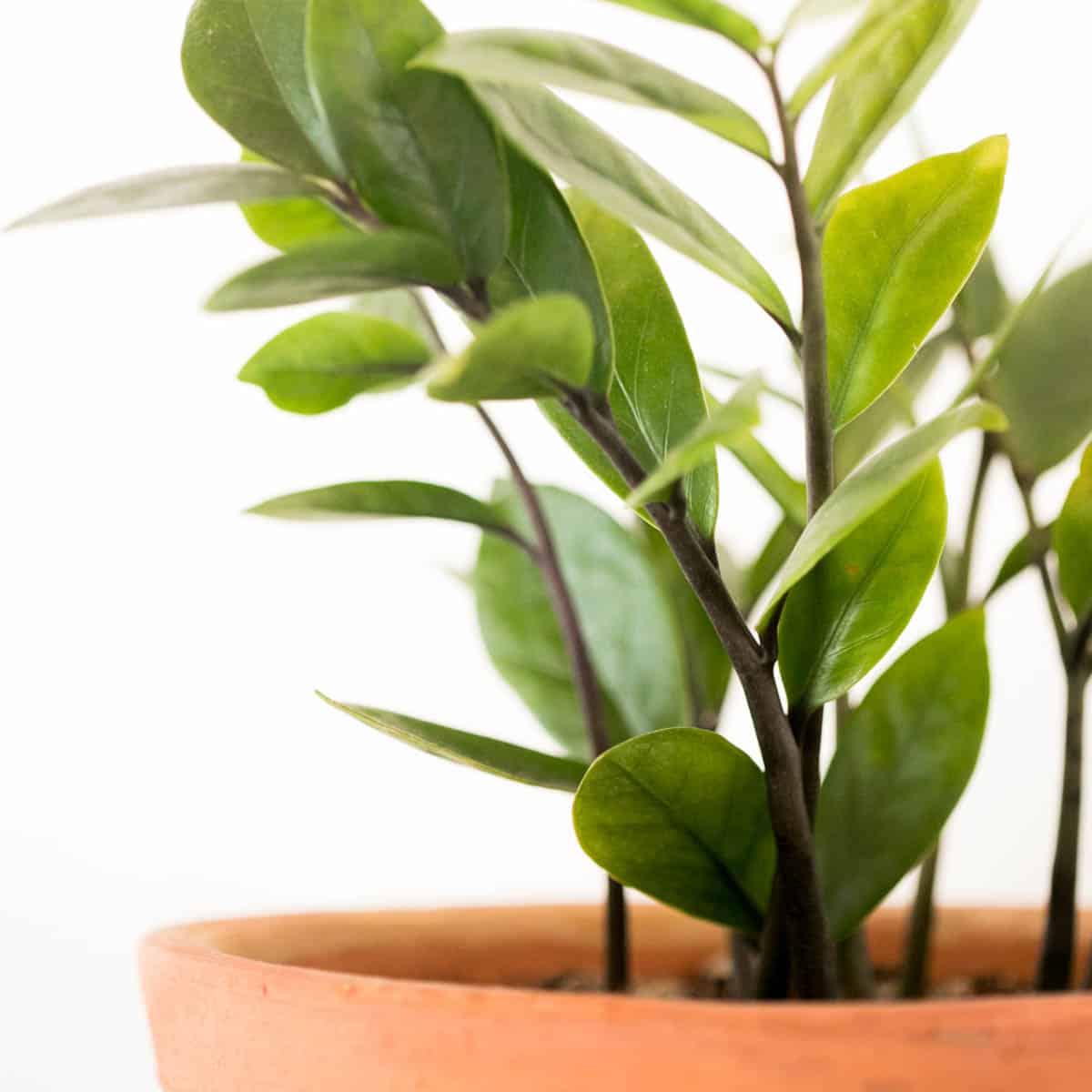Easter Cactus Grow And Care Guide (Best Tips!)
Spring weather can be fickle, but you can count on an Easter cactus to bring color to your world! Learn how to grow and care for them here.
Easter cacti bloom in early spring with candy-colored, star-shaped flowers. As far as houseplants go, they are truly a show stopper!
These tropical bloomers hail from Brazilian rainforests and can be grown as houseplants with a little TLC- including a fast-draining soil medium and bright, indirect light.

Like their cousins, the Thanksgiving cactus and Christmas cactus, Easter cactus are easy to grow but need cooler temperatures and long nights to set their blooms.
I’m obsessed with these flamboyant cacti, and I’m excited to share with you how to grow and care for Easter cactus.
About
Also known as Spring cacti, these tropical plants have been classified in many ways over they years. They are no longer considered a Schlumbergera but are now called Rhipsalidopsis gaertneri.
Unlike other holiday cactus that bloom in the fall, you’ll find this vibrant cacti pumping out flowers in late winter to early spring, in February, March, or April.
This article will refer to this beautiful spring bloomer as both a Spring cactus and Easter cactus.
Latin name: Hatiora gaertneri (also seen as Rhipsalidopsis gaertneri, Schlumbergera gaertneri)
Common Names: Easter Cactus Or Spring Cactus
Flower Colors
Like a clutch of died Easter eggs, holiday cactus are available in a bold rainbow of colors: red, yellow, orange, pink and peach and lavender!
When in bloom, the flowers open during the day and close at night.

Difference Between Thanksgiving, Christmas, Easter Cacti
There are several ways to distinguish between these three spectacular houseplants:
- Bloom time: Spring cacti bloom in the spring, while Thanksgiving and Christmas cacti bloom in the fall and winter, respectively (Each plant is named for its bloom time, you’ll notice!)
- Leaf Shape: The leaf- also called clade- shape is different between all three plants- Easter cacti have rounded or blunted leaf edges, Thanksgiving cacti have spiny, pointed edges, and Christmas cacti have scalloped edges
- Flower shape: Spring cacti make a statement with their star-shaped flowers; Christmas and Thanksgiving cacti have tubular flowers

Learn about the differences between Thanksgiving cactus and Christmas here.
Easter Cactus Care
Easter cactus plants can be a bit more challenging to grow than their holiday cousins; however, their care needs are straightforward-nothing you can’t handle!
These desert cacti need bright, indirect sunlight, a well-draining soil medium, and moderate temperatures and humidity when grown indoors. Let’s dive into all of their care needs here:
Light
Give these vibrant succulents bright, indirect light. Remember that in their natural environment you’d find them growing under a canopy of tree branches.
In this setting, bright light filters through the overhead leaves, offering these sprawling jungle dwellers a soft but vibrant light source.
In the home, you’ll want to try to mimic these lighting conditions. For example, I have my plant growing about three feet from an east-facing window. A generous dose of bright light pours in, but no direct sun rays hit the leaves. (Direct light can damage the plant).

Be inspired with this gorgeous collection of over 75 holiday cactus!
Soil (Growing Medium)
In their native environment, these fabulous houseplants grow as epiphytes. This means they grow roots on the bark of tree branches and in rocky nooks where organic matter settles- rather than in soil.
You can mimic these growing conditions in their potting soil by giving them a mix of well-draining materials: a mixture of orchid bark, potting soil, and perlite works well.
Spring cacti like to be root-bound, so give them a small container to grow in. When repotting, increase the container size by just one or two inches.

Water
Water your Easter cactus when the top two inches of soil are dry. To check moisture levels, stick your pinky into the soil to test for dryness, pick up the pot to see how light/heavy it is, or use a hydrometer like this one.
Less is more when it comes to watering; too much water can quickly cause root rot for these tropical plants.
You must have drainage holes in the bottom of the pot to prevent water from sitting on your plant’s roots! Water will sit on the plant’s roots without good drainage, encouraging fungal disease and rot.
The fastest and easiest way to accidentally kill a holiday cactus is too much water and soggy soil. Give your plant a well-draining soil medium- and never overwater!
Learn about the best water for houseplants here.
Humidity
Humidity refers to the amount of moisture found in the air. These cacti thrive with moderately high humidity levels, between 50 and 60%.
You can increase humidity by placing your plant near a location with high humidity, such as a bathroom or kitchen. You can also use a humidifier to increase levels in the home.
In winter, dry air from heating can cause problems for your plant, so be sure to add humidity at this time!
Too much moisture combined with damp soil can spell demise for your plant, however- so be sure to keep the levels just right to prevent plant decay.
If you have too much humidity in your home, add air circulation by opening a window to let out steam- and avoid over watering your plant!

Consistent humidity levels are essential- the right amount of moisture will allow your plant to grow that gorgeous foliage and firework-like flowers it’s famous for.
Temperature
During the summer and fall, spring cacti need warm temperatures between 65 and 75 degrees.
Transition your plant to cooler temperatures in mid-winter to encourage Easter cactus blooms to set.
To induce blooms, you’ll want to aim for temperatures of 60 degrees or lower for several months and 12 hours of darkness per day (see below for more details).
Providing consistent temperatures during blooming will prevent bud drop- extreme temperature fluctuations can stress the plant and cause it to drop its precious flower buds!

Fertilizer
You can add a balanced fertilizer to your watering routine in late spring, summer, and early fall.
Let the plant rest for a month or two after flowering before you start your fertilizer routine. Look for a liquid fertilizer with an NPK ratio of 10-10-10 or 20-20-20.
Dilute your fertilizer to half strength and apply every watering or every other watering. (Learn more about fertilizer for holiday cactus here).
How To Get Easter Cacti To Bloom
Just like other holiday cacti, these succulents need increased hours of darkness and cooler temperatures to set their flower buds.
They need equal amounts of dark and light and cooler nightly temperatures for several months.
Keep the plant in a location where it gets 12 hours of darkness per night, along with temperatures around 55 degrees Fahrenheit.
If you need to, gently set a black pillow case over your plant at night to give it the right amount of evening hours.

Common Problems
Though they are a mostly care-free houseplant, Easter cactus can occasionally develop a few problems:
- Root rot: Root rot can be caused by overwatering and poor soil drainage. Prevent root rot with well-draining soil and a well-paced watering routine. If you suspect rot, remove the plant and inspect the roots- remove any slimy and replace with fresh soil.
- Stem rot: Stem rot can also occur from overwatering. If stem rot sets in the plant, it may be doomed. Prevent stem rot by not overwatering your plant!
- Spider mites: If you see signs of spider mites, treat your plant right away with an insecticidal soap.
- No blooms: Failure to bloom is a common problem with Easter cactus. Ensure your plant gets cooler nighttime temperatures and enough darkness to induce blooms.

Propagation
These succulents are easy to propagate and it’s a fun activity to do with kids– and yields new plants to share!
Twist off a clade and propagate the cutting in water, soil, or air. You can follow this tutorial here for propagating Christmas cactus– it’s the same step-by-step process for the spring variety.
Just wait until the plant has finished flowering- summertime or early fall is an ideal time!
I hope you found this growing guide helpful! I’ve spent a lot of time growing, caring for and researching holiday cactus- be sure to check out my guide to Christmas cactus care here and Thanksgiving cactus here.
With joy- Jamie






